Understanding the Real Estate Investment Lifecycle: A Guide to Maximizing Returns at Every Stage
Introduction
Real estate investing is a journey with multiple stages, each requiring careful planning and strategic decision-making to optimize returns. From the initial acquisition of a property to its ongoing management and eventual sale, each phase presents unique opportunities and challenges. In this guide, we'll walk through the key stages of the real estate investment lifecycle and provide tips for maximizing your investment returns along the way.
1. Acquisition: Laying the Foundation for Success
The acquisition phase is where the investment journey begins. Choosing the right property, conducting thorough due diligence, and negotiating favorable terms are critical steps in setting up your investment for long-term success.
- Market Research: Start by analyzing the local real estate market. Look for areas with growth potential, such as those with strong employment, new infrastructure projects, or increasing population trends. Understanding market dynamics will help you identify properties with the potential for appreciation.
- Property Evaluation: Conduct a detailed evaluation of potential properties, assessing factors such as location, condition, occupancy, and revenue potential. Be sure to analyze comparable properties in the area to determine a fair purchase price.
- Financial Analysis: Use financial metrics like cap rate, cash-on-cash return, and net operating income (NOI) to assess whether the property aligns with your investment goals. Consider financing options, interest rates, and projected income to calculate the property’s profitability.
- Negotiation and Due Diligence: Skilled negotiation can lead to a favorable purchase price or additional incentives, such as repair credits. Conduct due diligence by inspecting the property, reviewing title records, and ensuring compliance with zoning regulations.
Tip: Don’t rush the acquisition process. Carefully analyze your options and consider consulting a real estate advisor to ensure you make a sound investment decision.
2. Management: Maximizing Value and Maintaining Profitability
Once acquired, managing the property effectively is essential for generating consistent cash flow and preserving its value. Successful management includes tenant relations, maintenance, and strategic upgrades that keep the property attractive and profitable.
- Tenant Acquisition and Retention: The quality of tenants has a significant impact on your property’s cash flow. Screen tenants rigorously to ensure they have stable income and a history of reliable payments. Retain good tenants by fostering positive relationships and responding to their needs.
- Proactive Maintenance: Preventative maintenance reduces the likelihood of unexpected expenses and keeps tenants satisfied. Schedule regular inspections of major systems, such as HVAC, plumbing, and electrical, and address small repairs before they become major issues.
- Value-Adding Upgrades: Consider making strategic upgrades to increase the property’s appeal and value. Common value-adding improvements include energy-efficient lighting, updated common areas, and modern amenities like high-speed internet. These enhancements can attract higher-paying tenants and boost ROI.
- Efficient Financial Management: Track income and expenses closely, maintaining accurate financial records. Use property management software to automate tasks like rent collection and expense tracking, allowing you to focus on strategy rather than daily operations.
Tip: Enlist the support of an experienced property management team to handle day-to-day tasks efficiently. A skilled property manager can reduce turnover, manage maintenance proactively, and ensure a smooth, profitable operation.
3. Optimization: Enhancing Performance and Maximizing Returns
In the optimization stage, your focus shifts to maximizing the property’s profitability through strategies that increase revenue and reduce expenses. Optimization is about fine-tuning operations to get the most out of your investment.
- Occupancy Optimization: High occupancy rates are essential for consistent cash flow. Implement strategies to retain tenants, such as lease renewal incentives or seasonal discounts for long-term leases. Additionally, advertise vacancies on multiple platforms to reach a broader tenant pool.
- Revenue Maximization: Explore revenue-boosting opportunities, such as charging for premium amenities, adding parking fees, or leasing extra storage space. These additional income streams can increase NOI without requiring major capital investment.
- Expense Management: Identify and address any inefficiencies in operating expenses. For example, negotiating bulk rates with vendors or installing energy-efficient systems can reduce utility costs. Review contracts regularly to ensure you’re receiving competitive rates for services like cleaning and landscaping.
- Market Repositioning: If market conditions allow, consider repositioning the property to appeal to a new tenant demographic. This could mean renovating an office space to attract tech startups or updating a retail property to appeal to high-end retailers.
Tip: Use data to guide optimization decisions. Regularly review financial metrics and occupancy data to identify areas for improvement, allowing you to adjust strategies proactively.
4. Value Appreciation: Building Long-Term Property Value
Real estate often appreciates over time, but increasing property value isn’t just about waiting for market conditions. Strategic improvements, market timing, and favorable economic trends can all contribute to value appreciation.
- Capital Improvements: Major renovations, such as a lobby upgrade or exterior facelift, can significantly increase the property’s value. These improvements make the property more attractive and allow for higher rental rates.
- Regular Market Analysis: Continuously monitor local market trends, such as rental demand, property prices, and new developments. Knowing when your property has reached its peak value can guide you in deciding whether to hold or sell.
- Reinvestment of Cash Flow: If the property generates significant cash flow, reinvest part of that income into further improvements. This reinvestment keeps the property competitive and attracts tenants willing to pay premium rents.
- Maintain Compliance and Modernize Systems: As regulations and technology evolve, staying compliant with local codes and updating systems (like adding EV charging stations or smart building technology) can enhance the property’s long-term value.
Tip: Work with a real estate advisor to identify strategic improvements that will have the most significant impact on your property’s appreciation.
5. Sale: Timing and Executing a Profitable Exit
Selling a property is the final stage of the investment lifecycle, and a well-timed sale can maximize returns. Knowing how to market the property, structure the sale, and negotiate terms is crucial for a profitable exit.
- Market Timing: Timing is everything when it comes to selling. Monitor local market conditions, interest rates, and economic indicators to determine the best time to list your property. Selling during a seller’s market, when demand is high, can yield a higher sale price.
- Property Valuation and Pricing: Get a professional appraisal to understand your property’s current value. Set a competitive price based on market data and comparable property sales, ensuring it aligns with your financial goals.
- Effective Marketing and Presentation: Showcase your property’s strengths with high-quality photography, virtual tours, and compelling descriptions. Use multiple listing platforms and marketing channels to reach a broad audience of potential buyers.
- Negotiation and Transaction Management: When offers come in, negotiate terms that align with your financial objectives. Consider working with a real estate broker or advisor to handle the transaction, ensuring a smooth closing process.
Tip: Selling at the right time and under favorable terms is essential for a profitable exit. Plan your sale well in advance and be prepared to adjust your strategy based on market conditions.
Conclusion
The real estate investment lifecycle—acquisition, management, optimization, value appreciation, and sale—offers opportunities at each stage to maximize returns and build lasting wealth. By approaching each phase strategically, investors can optimize their assets’ performance, preserve property value, and achieve their long-term investment goals.
J & M Real Estate Group & Property Management is here to guide you through every step of the investment.
















